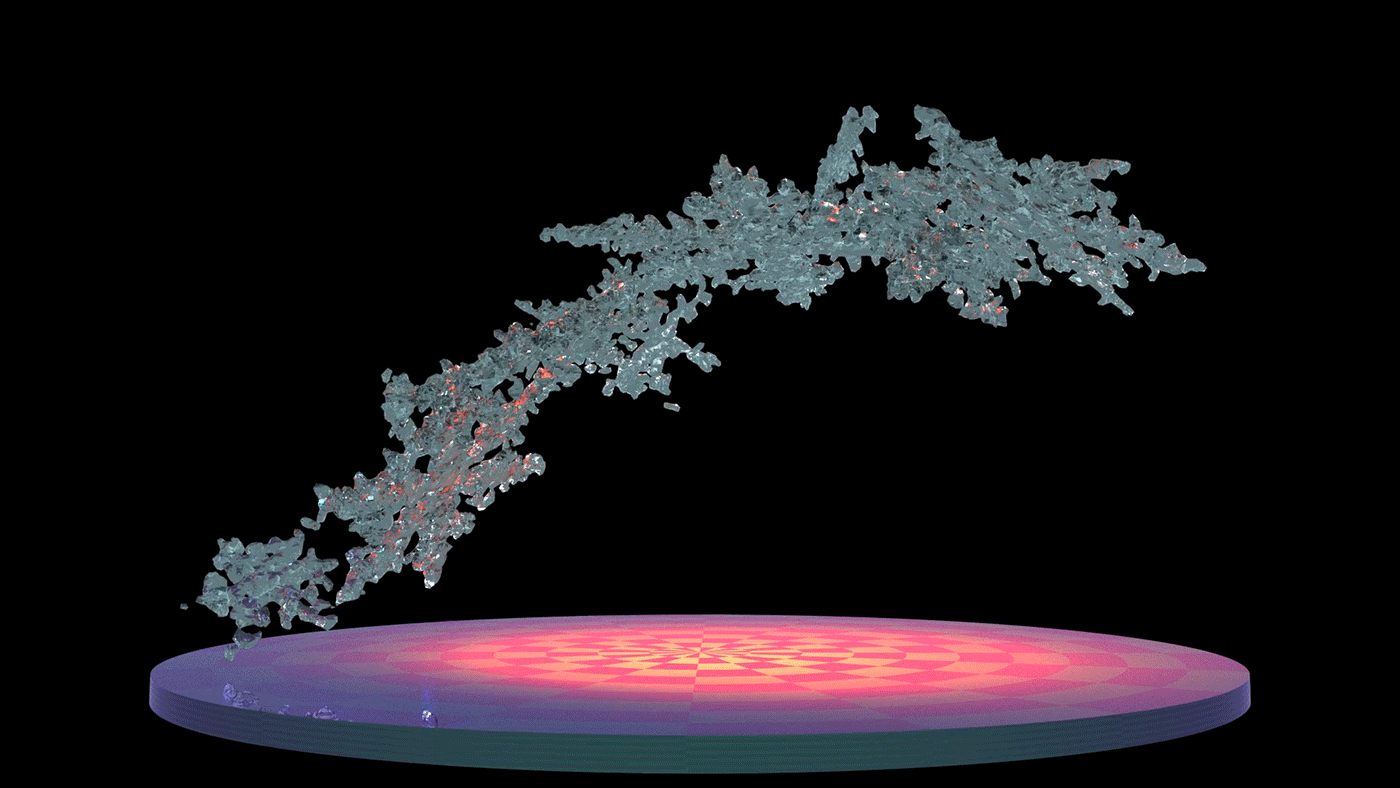There’s a lot about snow we don’t know. Where does it come from? Where does it go? What does it taste like? Admittedly there are tentative answers to these questions. But there are yet more complex ones like how exactly, on a microscopic level, snow melts in mid-air. That’s the focus of one project at NASA, the results of which are both practical and beautiful.
Snow is a critical part of the weather system (did you know there’s a whole “cryosphere”), and the ways in which it forms and melts can help meteorologists predict, for example, the likelihood or severity of a storm. But it’s not enough to catch a flake in your hand and look closely. Like anything else, you need a mathematical model of a phenomenon in order to understand it properly.
Jussi Leinonen has been working on this problem for years at NASA’s Jet Propulsion Laboratory.
“I got interested in modeling melting snow because of the way it affects our observations with remote sensing instruments,” he said in a news release. As you can imagine, it’s rather important for a rocket science lab to be able to understand and predict weather patterns.
 Leinonen’s contribution has been an exact model of how and why snowflakes melt — which types of flakes, at what temperatures, in what ways, and so on. The basic version is this: water collects in concave regions of snowflakes where it can stay liquid. Those little lakes expand, eventually covering the whole ice crystal and encasing the core, which also eventually melts.
Leinonen’s contribution has been an exact model of how and why snowflakes melt — which types of flakes, at what temperatures, in what ways, and so on. The basic version is this: water collects in concave regions of snowflakes where it can stay liquid. Those little lakes expand, eventually covering the whole ice crystal and encasing the core, which also eventually melts.
Sounds straightforward, but Leinonen’s model shows how this happens at an extremely detailed level with arbitrarily shaped snowflakes and clumps thereof. The 3D visualization of this process is remarkably beautiful, and more importantly seems to be correct.
With an accurate model meteorologists can profile different snow and rain types, see how they perform in various conditions, and produce relevant details like how those differences would affect a radar image.
No word on when we can get a screensaver of snowflakes melting with high precision. Leinonen published his research in the journal Geophysical Research.
from TechCrunch https://ift.tt/2Ibdtj1
via IFTTT
Comments
Post a Comment